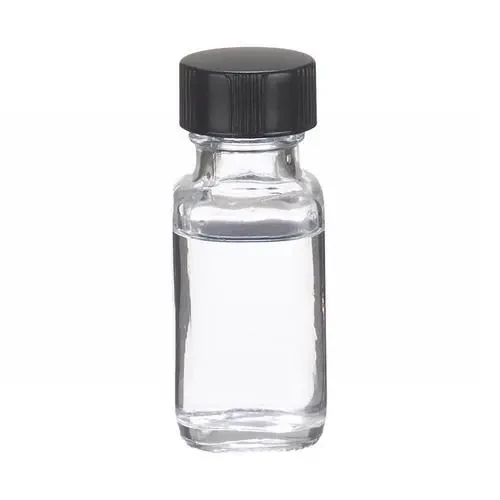Chemical Used for Purification of Water
Water is an essential resource for all forms of life on Earth. However, as population growth and industrial activities intensify, the availability of clean drinking water has become a pressing global issue. To address this challenge, various chemical methods are employed for the purification of water, ensuring that it meets health and safety standards. This article examines the most commonly used chemicals for water purification, their mechanisms of action, and the considerations involved in their use.
One of the primary chemicals used in water purification is chlorine. Chlorination has been a standard practice since the early 20th century and involves adding chlorine or chlorine compounds to water to eliminate pathogenic microorganisms. Chlorine acts as a powerful disinfectant, effectively killing bacteria, viruses, and protozoa. It works by penetrating the cell walls of these microorganisms and disrupting their metabolic processes. However, chlorine can react with organic materials present in water, forming potentially harmful by-products known as trihalomethanes (THMs). To mitigate this risk, water treatment facilities often carefully monitor chlorine levels and may employ alternative disinfection methods, such as UV treatment, in conjunction with chlorine.
Chemical Used for Purification of Water
In addition to coagulants, flocculants play a crucial role in water purification. Flocculants, such as polyacrylamide, enhance the flocculation process by promoting the aggregation of smaller particles into larger ones. This makes the sedimentation process more efficient, reducing the time and resources needed for water treatment. The dual use of coagulants and flocculants is common in water treatment, as they work synergistically to improve water quality.
chemical used for purification of water is

Activated carbon is another important chemical used in water purification. It is particularly effective in removing organic compounds, chlorinated solvents, and various impurities through a process known as adsorption. Activated carbon has a high surface area, allowing contaminants to adhere to its surface. It is commonly used in both point-of-use water filters and large-scale treatment facilities to reduce unpleasant tastes, odors, and harmful chemicals, improving overall water quality.
Ozone is gaining popularity as an alternative disinfectant in water treatment. Being a strong oxidizing agent, ozone effectively kills bacteria, viruses, and other pathogens without forming harmful by-products like THMs. Ozone treatment also helps in the removal of taste and odor compounds. However, the use of ozone requires specialized equipment for generation and is typically more expensive than traditional chlorination methods, which limits its widespread application.
Despite the effectiveness of these chemicals, consideration must be given to their potential impacts on human health and the environment. The use of chlorine, for instance, emphasizes the need for balancing effective disinfection with the formation of harmful disinfection by-products. Furthermore, the disposal of residual chemicals from water treatment processes must be managed carefully to prevent contamination of natural water bodies.
In conclusion, the purification of water is a vital process that relies on various chemicals to ensure safety and quality. Chlorine, coagulants, flocculants, activated carbon, and ozone are among the most commonly used substances in water treatment. Each of these chemicals offers unique benefits but also poses certain challenges that must be managed wisely. As technology advances and environmental concerns grow, the water treatment industry continues to seek innovative solutions that not only provide safe drinking water but also protect public health and the environment. By understanding and optimizing the use of these chemicals, we can work towards a sustainable and secure water future for all.

